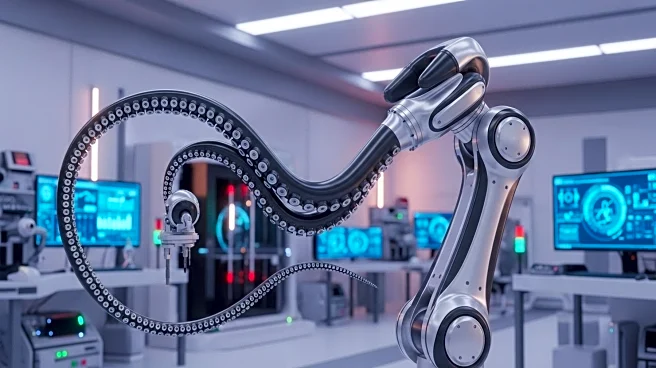What's Happening?
A recent study conducted by researchers at MIT has explored the cognitive differences between gamers who prefer inverted camera controls and those who do not. The study, led by Dr. Jennifer Corbett and Dr. Jaap Munneke, surveyed hundreds of participants to understand the neurological implications of this preference. The research found that individuals who prefer inverted controls tend to process visual and spatial information differently. Specifically, these individuals were slower at mentally rotating 3D shapes but were more accurate in their responses compared to those who do not invert controls. This study builds on limited previous research and suggests that the preference for inverted controls is linked to cognitive processing rather than gaming habits or history.
Why It's Important?
The findings of this study have broader implications beyond gaming, potentially impacting how user interfaces are designed in various fields. Understanding the cognitive processing differences can lead to improved user experiences and increased safety in environments that require precise control, such as laparoscopic surgery. By identifying how individuals interact with 3D environments, developers and designers can create more intuitive and efficient control systems. This research highlights the importance of considering cognitive factors in the design of interactive technologies, which could lead to advancements in both gaming and professional applications.
What's Next?
The study opens the door for further research into how cognitive processing affects user interaction with technology. Future investigations could explore other factors influencing control preferences and how these insights can be applied to enhance user experience across different platforms. Additionally, the findings may encourage the development of adaptive control systems that cater to individual cognitive profiles, potentially revolutionizing how we interact with digital environments.
Beyond the Headlines
This research underscores the complexity of human cognition and its impact on technology use. It challenges the assumption that control preferences are merely habitual, suggesting a deeper neurological basis. The study also highlights the potential for interdisciplinary collaboration between cognitive neuroscience and technology design, paving the way for innovations that align more closely with human cognitive capabilities.










